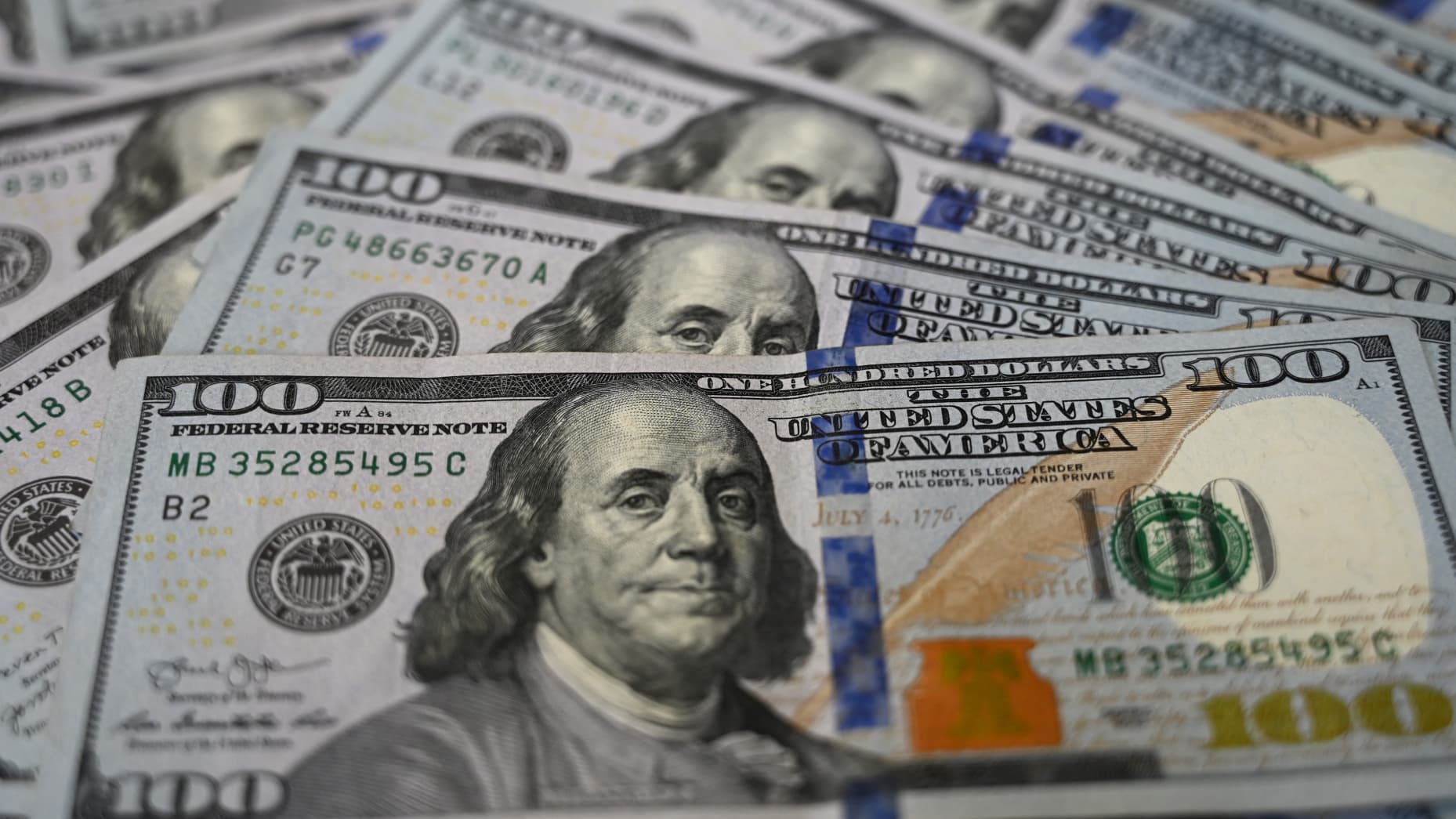European stocks were higher on Tuesday, while the U.S. dollar was pinned lower, a day before the U.S. Federal Reserve is expected to begin an easing cycle that could see policymakers deliver an outsized rate cut. Investors remain solely focused on Wednesday's Fed decision as odds have crept up in the past week in favour of a 50-basis-point rate cut. Futures markets are fully pricing in a quarter-point cut and now imply almost a 70% chance that the Fed could ease rates by half a percentage point on Wednesday, up from around a 15% chance last week, after a slew of media reports revived the prospect of more aggressive easing.
The repricing by markets in favour of a deeper cut has given a boost to risky assets and sent the dollar and bond yields lower. "It's back to the Fed put," said Eddie Kennedy, head of bespoke discretionary fund management at Marlborough Investment Management. "Everyone's pricing in the soft landing and it feels like the Fed have been quite transparent that we're in a rate cutting environment. Generally stocks have done well post those sort of environments," Kennedy added.
The pan-European STOXX 600 (.STOXX), opens new tab was up 0.5% to a two-week high. Germany's DAX (.GDAXI), opens new tab, Britain's FTSE 100 (.FTSE), opens new tab and France's CAC 40 (.FCHI), opens new tab were up 0.3%-0.7%. MSCI's broadest index of Asia-Pacific shares (.MIAPJ0000PUS), opens new tab rose 0.6%, while S&P 500 futures and Nasdaq futures both edged up.
MSCI's gauge of global equities (.MIWO00000PUS), opens new tab was up 0.1%. Neil Shearing, group chief economist at Capital Economics thinks the case for a 50bps rate cut this week hinges in part on the idea that rates are well above most estimates of neutral.
"If officials judge that keeping policy in restrictive territory for too long creates unnecessary risk for the economy then there is no sense in dragging their feet," Shearing said.
"The problem is this is a high bar for a large rate cut, particularly at the start of the easing cycle. If nothing else, it creates the impression that central bankers have made a mistake and fallen behind the curve." For the year, markets have priced roughly 120bps worth of easing by December.
The two-year U.S. Treasury yield , which typically reflects near-term rate expectations, was last at 3.5527%, having fallen to a two-year low of 3.528% in the previous session. The benchmark 10-year yield was little changed at 3.6157%.
The Bank of England (BoE) and the Bank of Japan (BOJ) also meet this week to discuss monetary policy, where both central banks are seen keeping rates on hold.
Expectations of less aggressive easing by the BoE in contrast to the Fed have in turn kept sterling supported. It was last flat at $1.3216, but strayed not too far from August's peak of $1.3269, its strongest level since March 2022.
The BOJ meanwhile has raised interest rates twice this year but is also expected to hold off from action this week. Still, the recent fall in U.S. Treasury yields and expectations that the BOJ will have to tighten policy further has supported the yen against the dollar.
The Japanese currency was last at 140.61 per dollar, close to its strongest level in a year reached on Monday. The stronger yen has stoked concerns about Japanese exporters' earnings and pulled down Tokyo's Nikkei (.N225), opens new tab by 1% on Tuesday as the market returned from a national holiday on Monday.
Elsewhere in Asia, China's stuttering economic recovery continued to weigh on sentiment, after data over the weekend showed the country's industrial output growth slowed to a five-month low in August, while retail sales and new home prices weakened further. Still, concerns over faltering Chinese demand for oil were countered by the ongoing impact of Hurricane Francine on output in the U.S. Gulf of Mexico, keeping oil prices steady on Tuesday.
Brent crude futures were little changed at $72.58 a barrel, while U.S. crude futures was flat at $70.04 per barrel. Spot gold was also little changed at $2582.52 per ounce.










